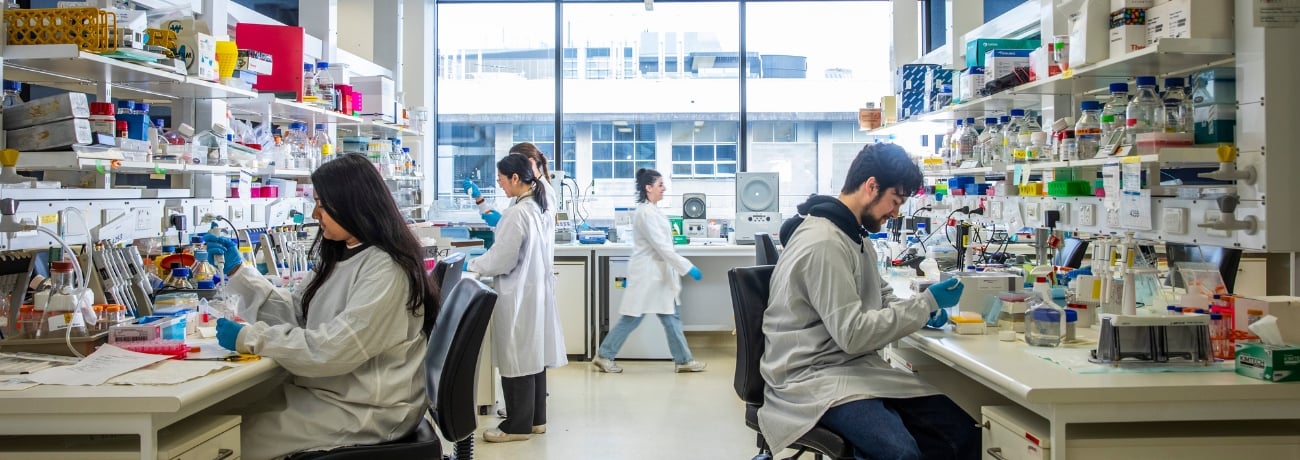Effective sensory rehabilitation after stroke: targeting viable brain networks
New therapies have been developed to help the brain recover after stroke, yet we do not have biological markers of identifying individuals who may benefit from these therapies nor how to select the most optimal therapy.
Aim
- Propose a model of sensory recovery which identifies potential changes in brain regions and connections involved in sensory processing following lesions of sensory brain regions and pathways.
Stroke patients (at least 3 months post stroke) were randomised into one of three treatment packages. Patients are assessed at baseline, following 6 weeks of training or no-training (post 1), then again following 6 weeks of training or no-training (post 2), then finally at a 3 month follow up session. Age matched healthy controls are tested at 2 time points, 6 weeks apart, to provide comparison. Assessments include demographic information, clinical assessments of recovery, sensation, motor, cognition and mood, and advanced imaging allowing for analysis of functional resting-state connectivity, structural connectivity, task-related activation (involving a sensory paradigm) and anatomy.
Find out more in the SENSE: a new therapy to drive neural plasticity video.
Research team
Research group
Collaborators
- Dr Karine Koh
- Professor Alan Connelly
- Professor Rudiger Seitz
- Professor Chris Levi
- Professor Thomas Matyas
- Professor Mark Parsons
- Dr Rishma Vidyasagar
- Dr Jacques-Donald Tournier
- Dr Peter Goodin
- Gemma Lamp
- Dr Megan Turville
Contact us
If you’re interested in learning more about this project please contact our team.
